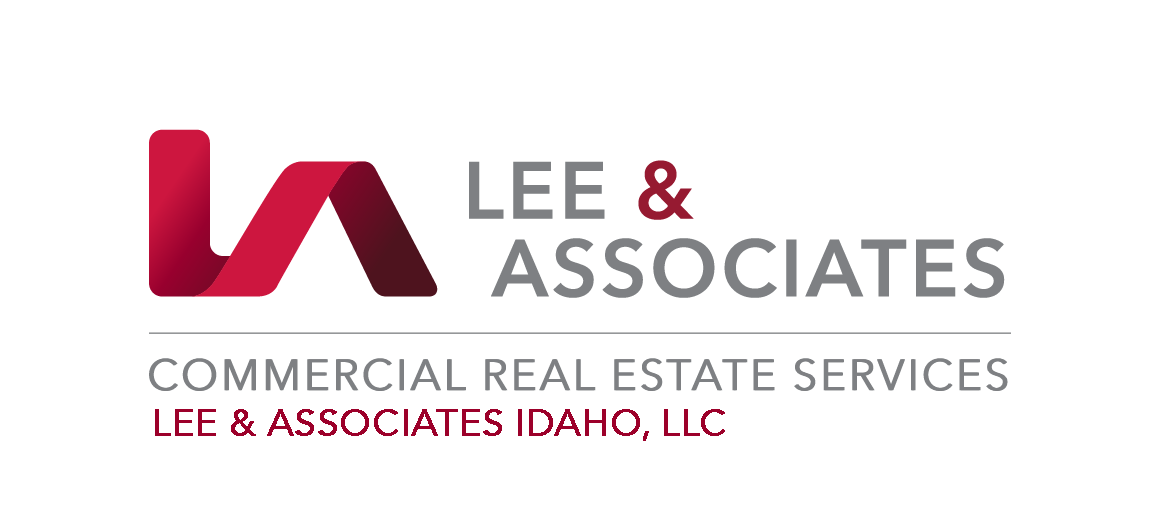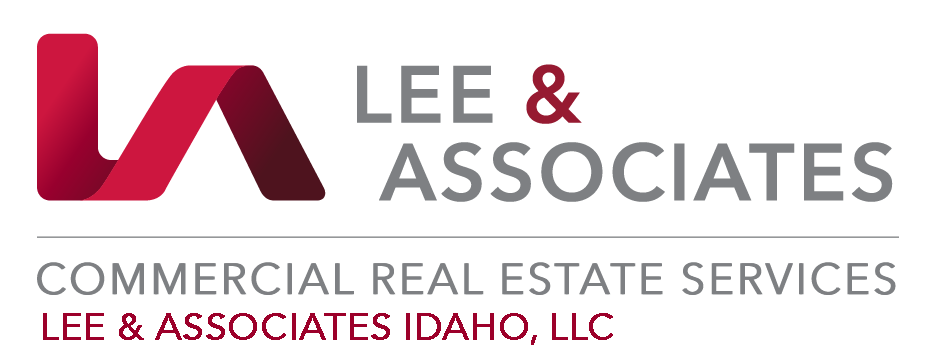A Business Owner and the Office – What Do You Do Now?
/As a business owner life was probably moving along fairly well in February of 2020. You had a packed calendar full of appointments with potential new clients, current clients, employees, emails, accounting tasks, and at the same time trying to find time to work on the big picture of where the business is going. Little did you know March was going shake things up and the phrase “in like a lion” took on a new meaning and we have yet to see the “out like a lamb” phase come to fruition.
Fast forward four months and the year is over halfway gone. You may be looking back wondering what just happened, where did the time go, and what am I doing now? You’ve made it through this part of the storm. You are adapting to some new changes in the world and the way you operate. You still have the day-to-day activities of running your business, but likely in a new and more digital or virtual format.
Not surprisingly, you aren’t the only business owner going through these scenarios. As you manage your teams virtually and find that you are able to be productive while not coming into the office, you have a new challenge. Do we actually need to come back to work, to a physical office? If we do come back, does everyone need to? Do we need as much space or do we now need more space to ensure employees can social distance?
These questions and more are permeating through the office sector of the business world and being met with some common answers. Many business owners believe if they don’t come back to the office, they will lose control over the culture of their team. They will lose productivity due to lack of supervision and their bottom line will suffer as they struggle to find ways to motivate employees to get the same amount of work done as they once did in the office. With many employees still not comfortable returning to the office it makes this an even bigger challenge.
On the other side of the coin you may have found your initial fear of everyone working from home to be unfounded. Sure, there were a few hiccups at the beginning getting everything set up for employees to work from home; but now things are running just a smooth as before. On top of that, your employees are responding that they enjoy working from home. They miss their office mates, they don’t miss the commute, they have more time with their families and they really love the weekly zoom calls (just kidding, they are over the zoom calls). On the whole though, they enjoy working from home and would like to continue that into the future at least 3-4 days a week. Check out this article Are You Cut Out To Work From, it has some good research on the importance of having a balance between the office and the flexibility to work from home.
Since you didn’t already have enough to think about as a business owner, now you have another decision to make. What do you do with your office space? Maybe you own your office and your business has been renting from you. If you don’t have your employees come back, you will lose that income stream and need to figure out what to do next to make your loan payment. Maybe you rent a space and still have four years left on your lease term and now you’re stuck with a monthly payment for an empty office. What do you do now? What are your options?
If you are in the boat where you feel the team needs to come back together to ensure high productivity, you’re not alone. Many business owners are finding to ensure creativity, growth and innovation; employees need to be together. This leads to the conversation of how we safely come back to the workplace. I’m not an attorney or a cleaning professional so I’ll let you check these articles on Cleaning for Health and Legal Questions. As for the space itself we are seeing business owners pivot in a few different directions.
One direction being taken is a hybrid approach where some employees are going to be working from home indefinitely. These rolls typically don’t have a need for creativity, so these individuals can work successfully from home without losing productivity. Because of this reduction in employees in the office the remaining employees are able to spread apart if the office build-out allows; and they can keep better distance to reduce potential spread of germs. This works well in the open office environment that became exceedingly popular in the last 10 years.
The hybrid option also has led to a reduction in square footage for office users. Instead of needing 10,000 SF they can now downsize to 5,000 and reduce their overhead. This usually needs to line up with the end of their current lease term or a subleasing of space to get down to the smaller footprint.
Other companies have taken to scheduling when each employee comes into the office. This groups certain people together on the same schedules allowing for creativity and communication to continue, while keeping the workforce better distanced. If someone does catch the virus they are able to have that group of people isolate rather than the entire workforce. This can also allow for a reduction of space but make sure you read the Cleaning for Health information to keep everything clean for the next person using the shared desk space.
With those being some of the popular methods of re-entering the workplace we have also seen many clients decide they aren’t going to return to the workplace. If your business isn’t at the end of your lease, then you need to communicate that with your landlord. The first route would be to ask if they will let you out of your lease. I probably don’t need to tell you this isn’t a likely option. The landlord made commitments to you and you to them and you will likely be expected to honor those commitments. The next logical step is to read through the sublease clause and let your landlord know you would like to go the route of finding a new tenant to back-fill your space. This isn’t unusual and luckily for you there are still plenty of businesses on the lookout for built-out office space and you will hopefully be off the hook soon.
If you own the building your business has been renting, then you have a couple of options to pursue. Do you lease out the space to another business or does it make sense to put the property up for sale? With our market in Boise and the Treasure Valley as a whole continuing to be strong you can likely go either way or both ways. It’s important to talk with your tax advisor but my advice to clients recently has been to let the market decide. We help price the building for lease and for sale and put the property out for both scenarios. This makes it so you don’t limit your pool of people looking at your building and as long as you price it correctly you will see activity and be set up to be happy with either outcome.
If you have any questions on returning to the workplace or deciding what to do with your newly vacant space your invited to reach out to me at Chasee@leeidaho.com or give me a call at 208.789.4900.



